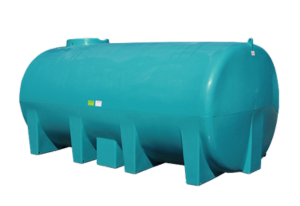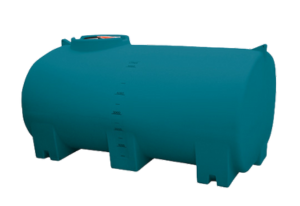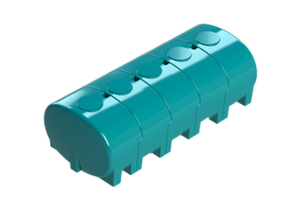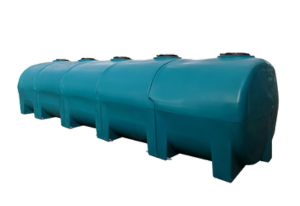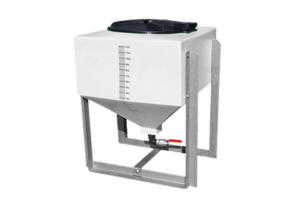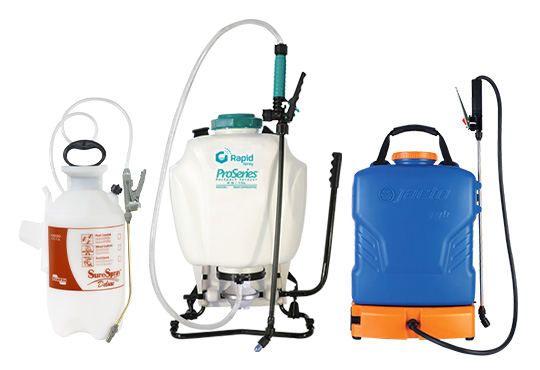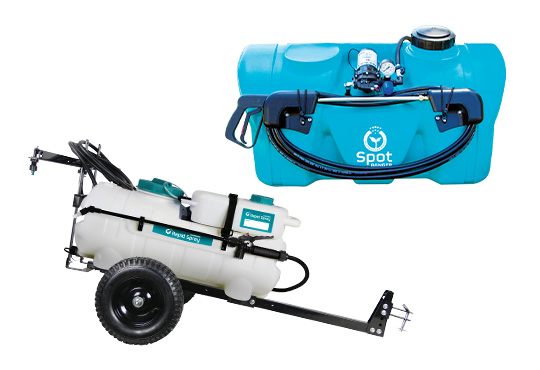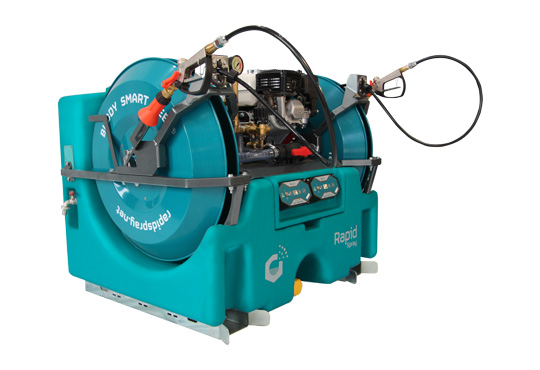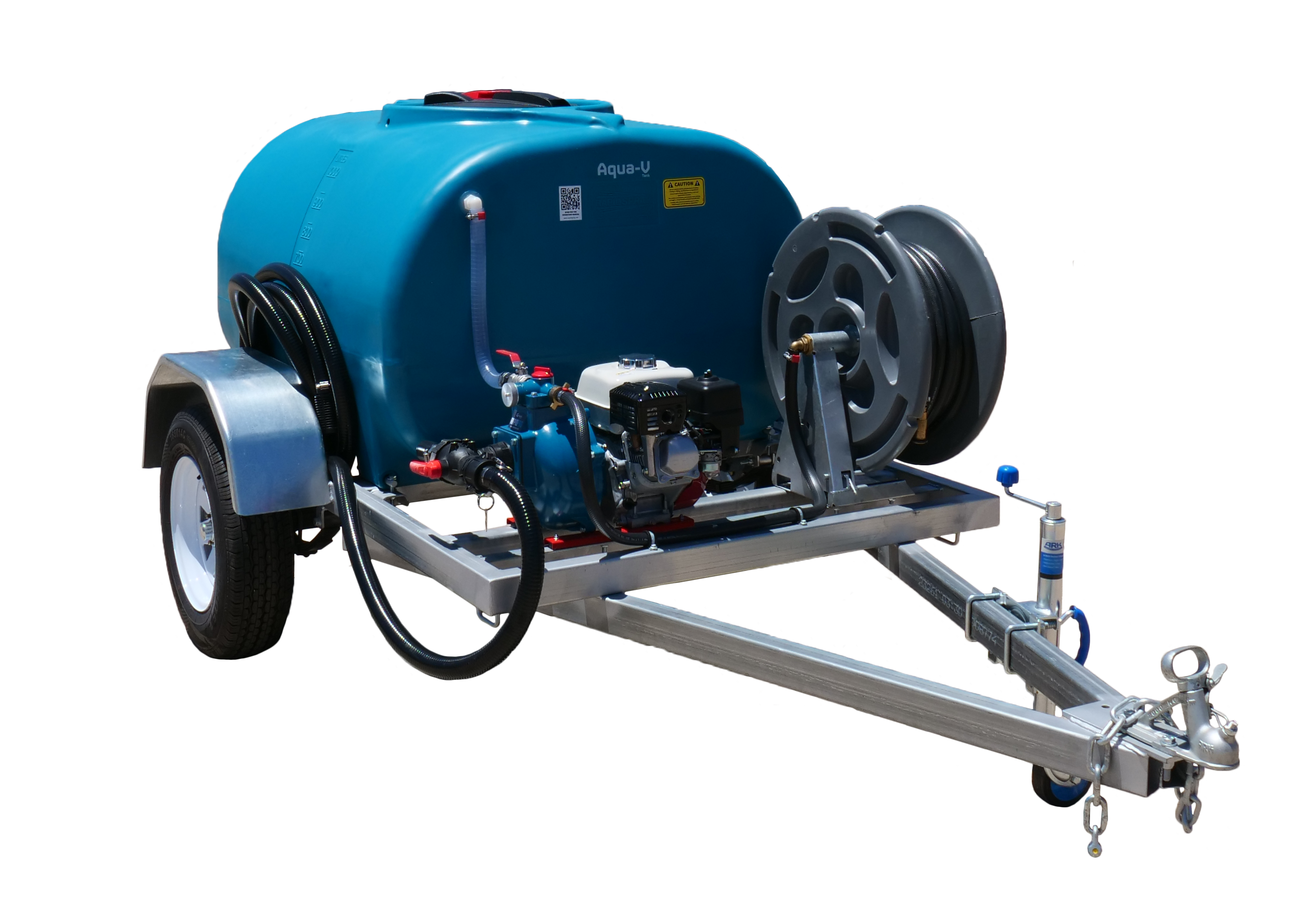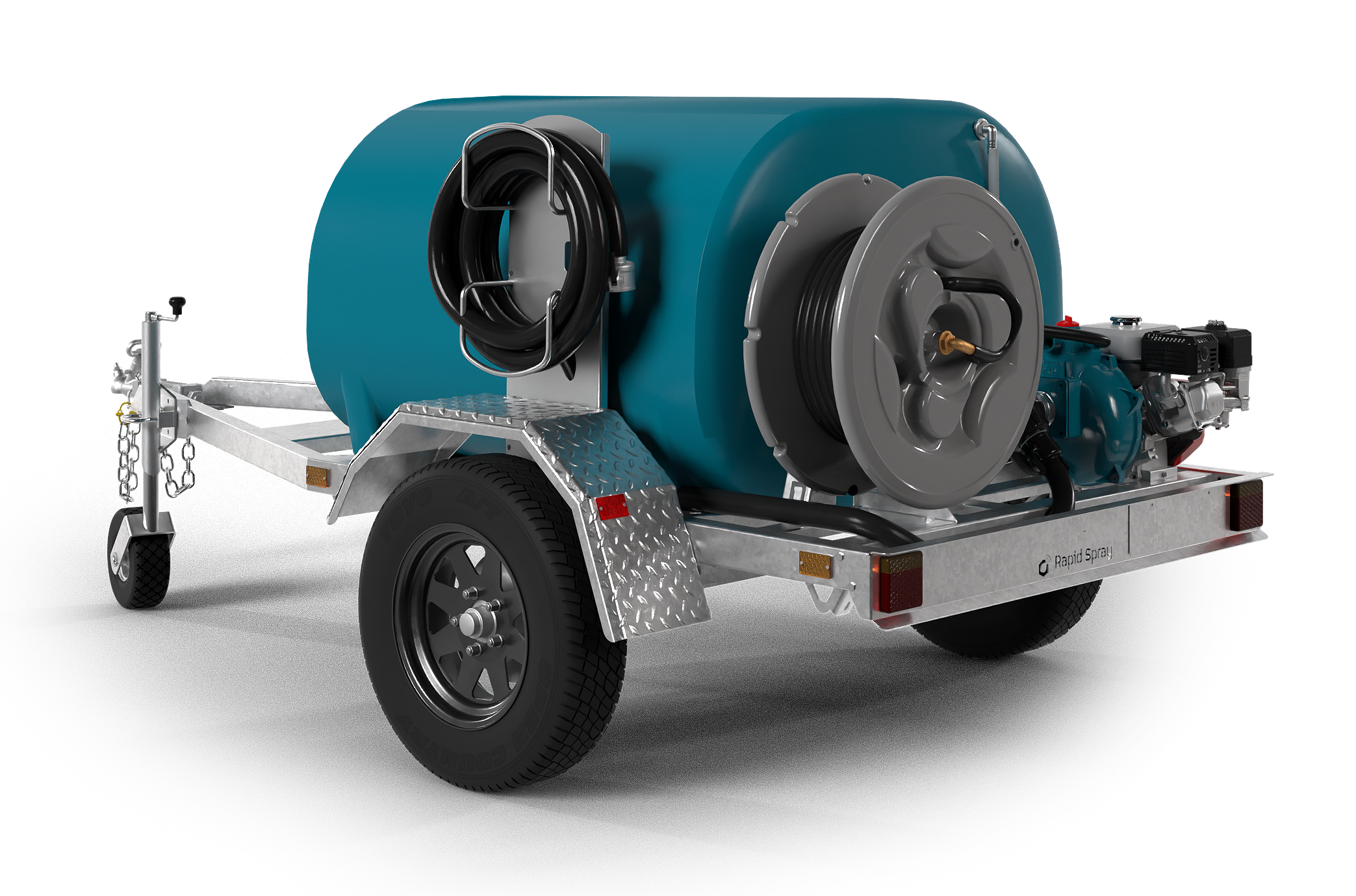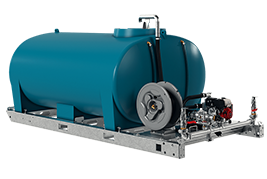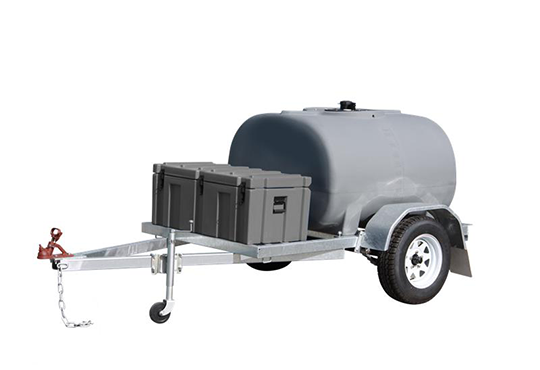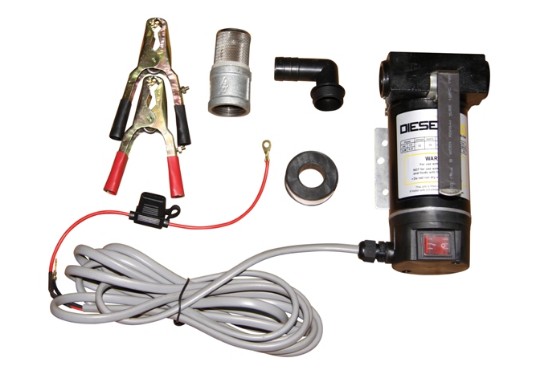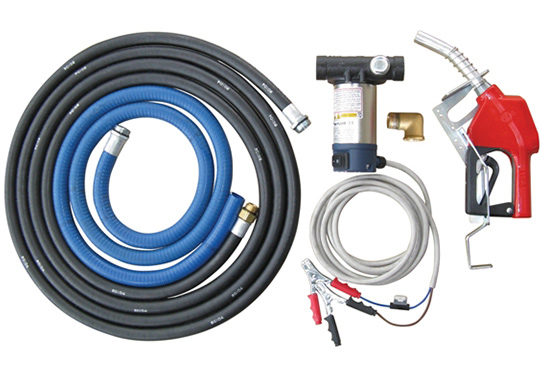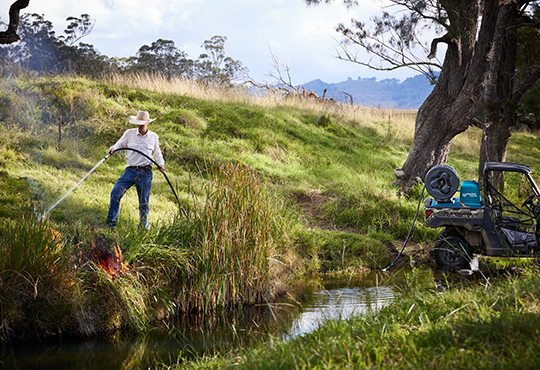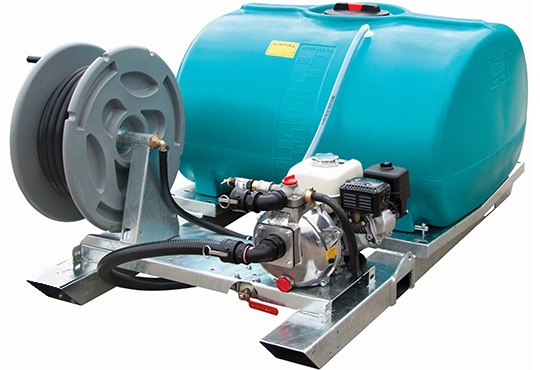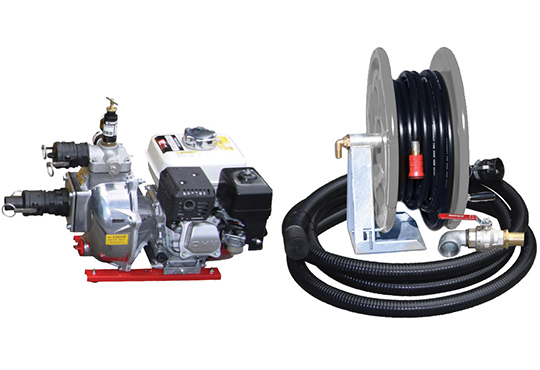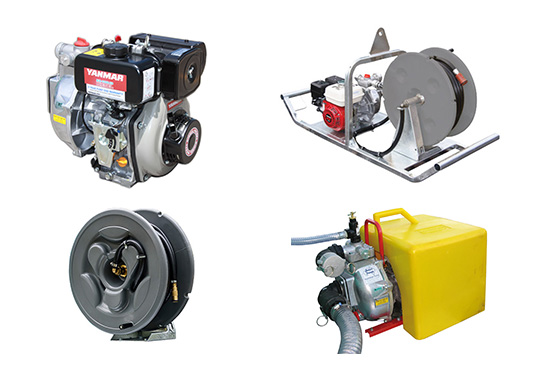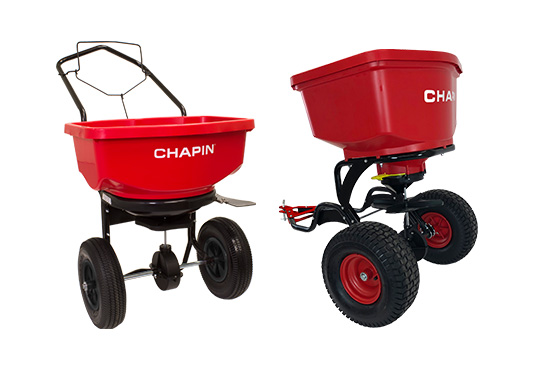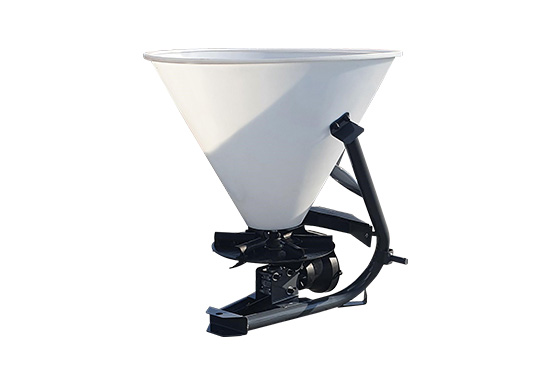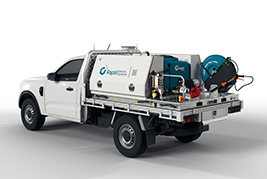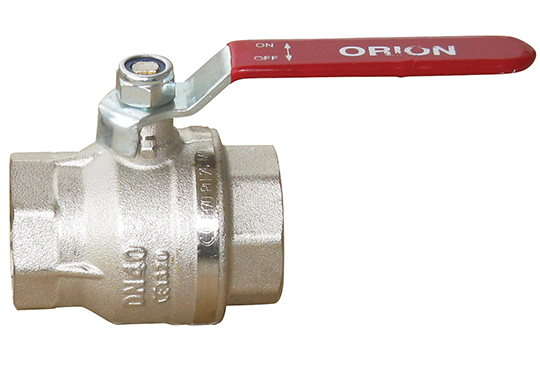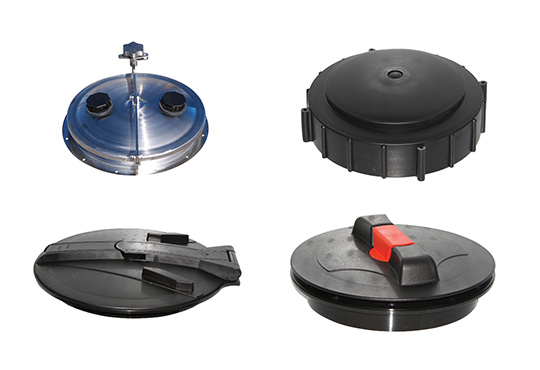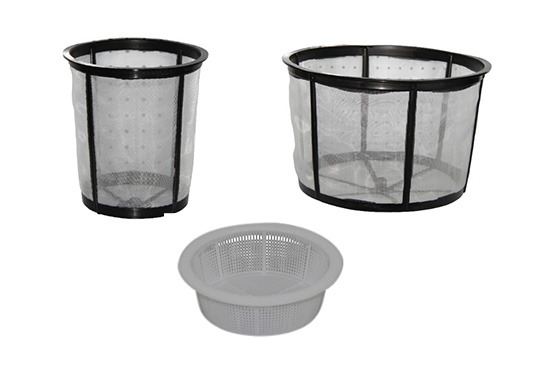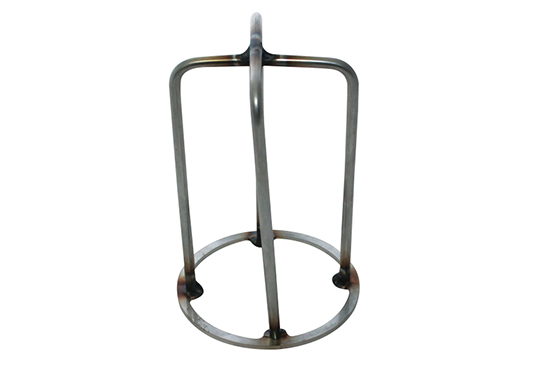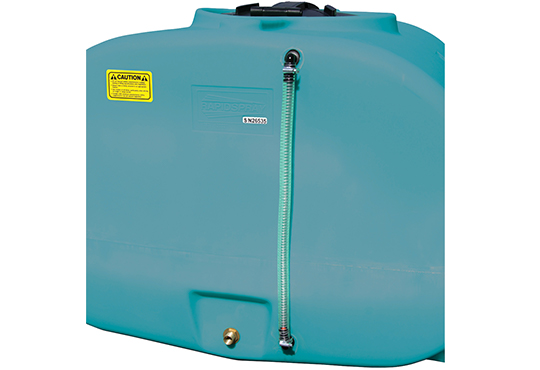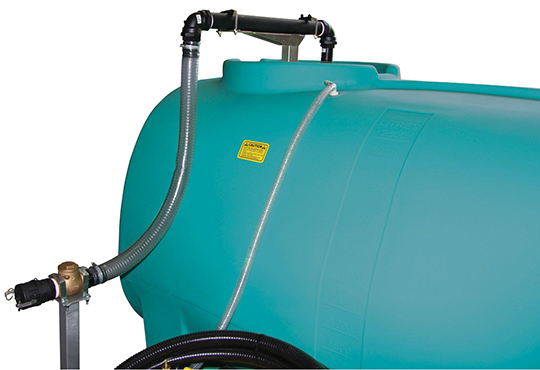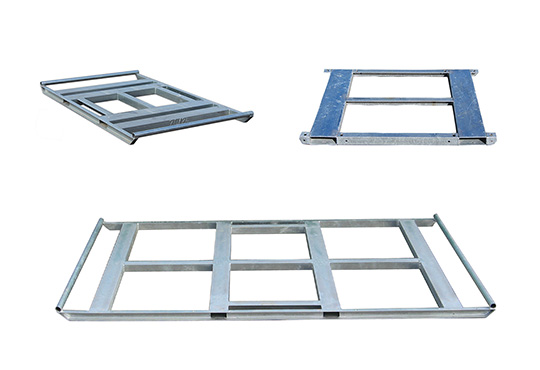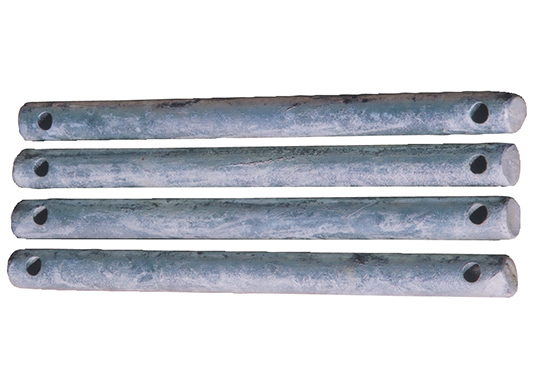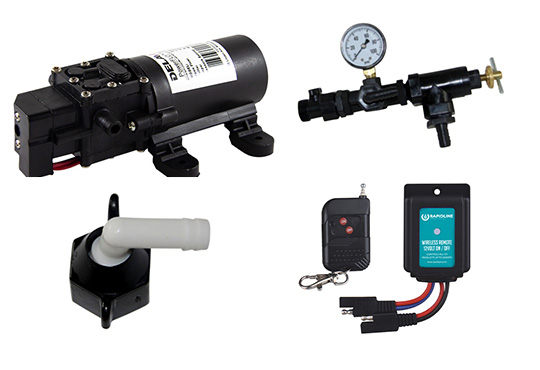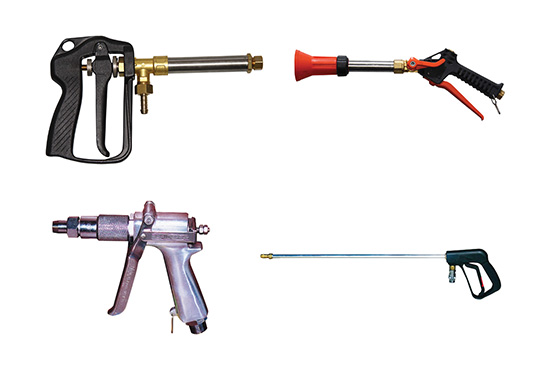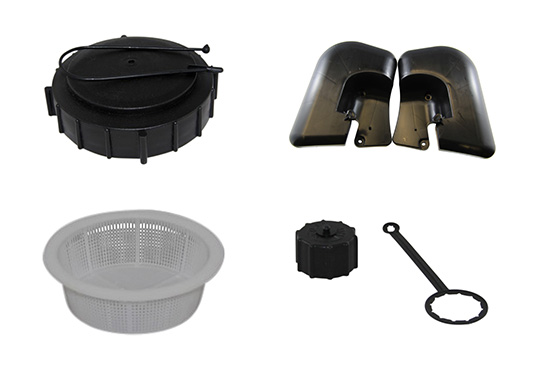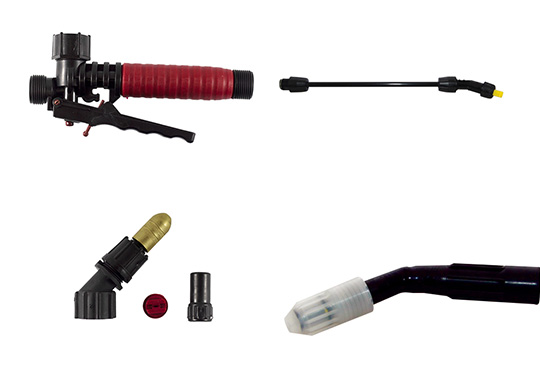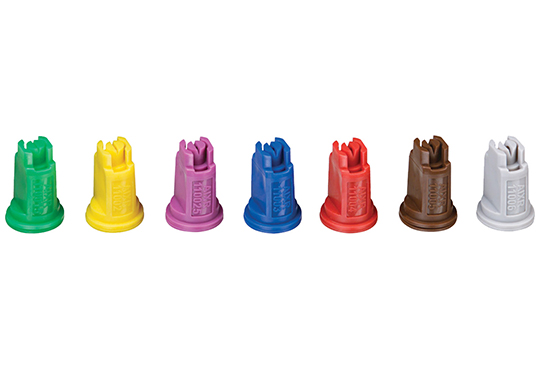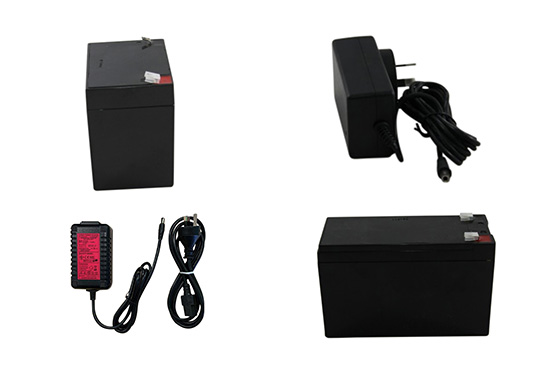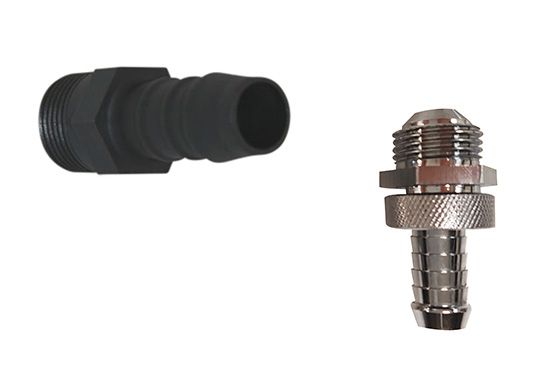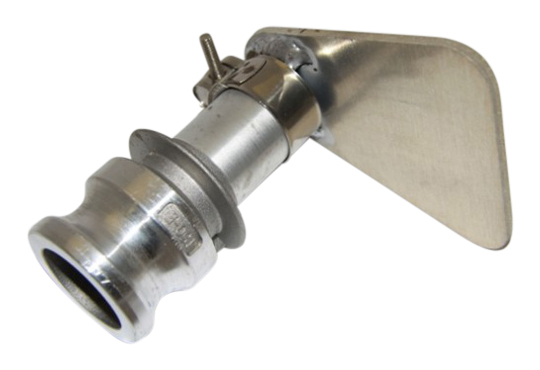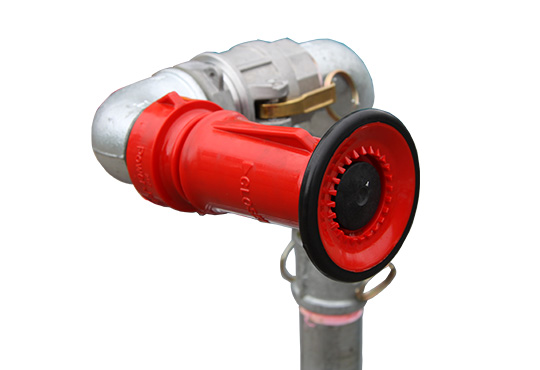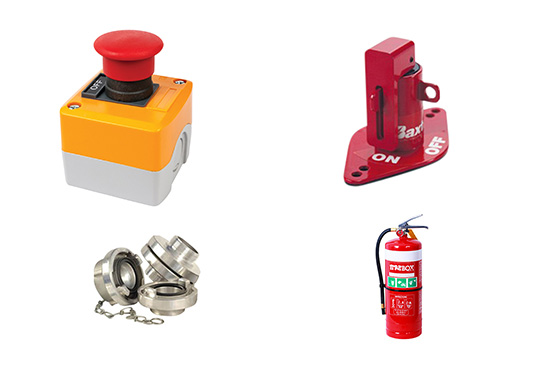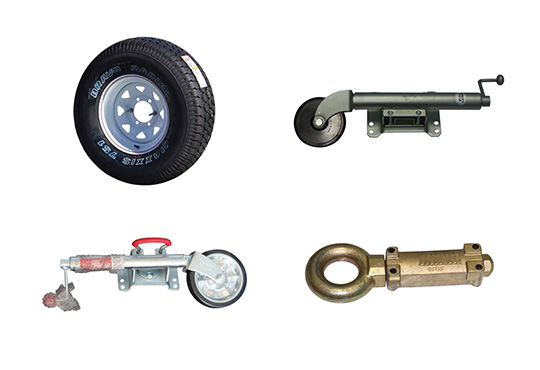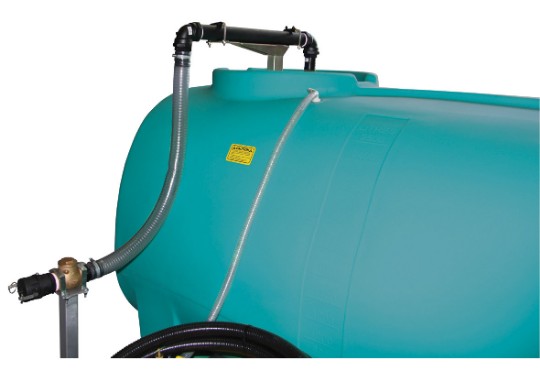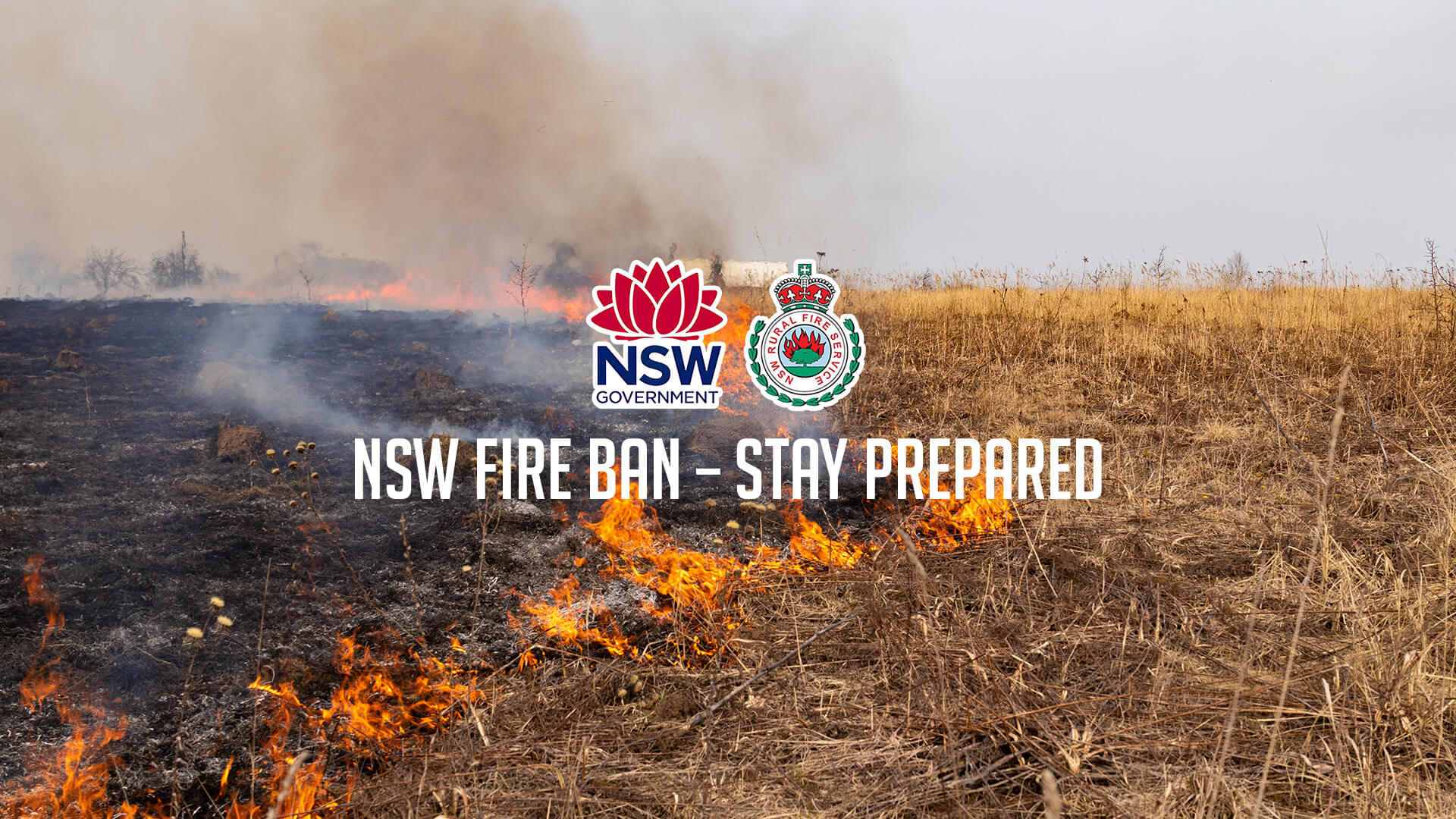
Fire season in NSW is approaching fast, and in many regions it has already begun. Hot temperatures, low humidity and dry vegetation mean the risk of bushfires is rising sharply. Understanding what an NSW fire ban is, what you can and cannot do, and how to prepare your property is essential for keeping your family, home and community safe.
This guide covers everything you need to know, including the Bush Fire Danger Period, Total Fire Bans, property preparation tips and the legal responsibilities all NSW residents should understand.
What Is an NSW Fire Ban?
The term NSW fire ban usually refers to two things:
The Bush Fire Danger Period
A Total Fire Ban
Bush Fire Danger Period (BFDP)
The Bush Fire Danger Period is the time of year when the likelihood of bushfires is significantly higher.
During this period:
A permit is required for many types of open burning
Certain activities are restricted
Local conditions determine start and end dates for different districts
Landowners and residents must follow RFS guidelines to reduce ignition risks
Total Fire Ban
A Total Fire Ban is issued on days when conditions are so dangerous that no open fires or fire-producing activities are allowed.
On a Total Fire Ban day:
You cannot light any open fires
Permits are automatically suspended
Many outdoor activities that could cause sparks are restricted
High fines and penalties apply for breaches
Total Fire Bans can be announced with little notice and may apply to a single region or the entire state. Checking daily fire danger ratings is crucial.
Why This Fire Season Is Higher Risk
This year, NSW is facing several factors that increase the likelihood and severity of bushfires.
Heavy Fuel Loads
Wet seasons over recent years have created thick grass, shrubs and undergrowth. As this vegetation dries out in heat, it becomes highly flammable.
Hot and Dry Weather
Forecasts suggest above-average temperatures and lower rainfall across large parts of NSW. These conditions create the perfect environment for fires to ignite and spread rapidly.
Ember Attack Risk
Even if you are not located near bushland, embers carried by strong winds can ignite homes kilometres away from the fire front.
Reduced Hazard Reduction in Some Areas
Some communities have had limited opportunities for hazard reduction burns due to weather conditions. This means more fuel is left on the ground as the hotter months arrive.
How To Prepare Your Property for Fire Season
Preparation before fire season is one of the most important steps you can take to protect your home.
Property Maintenance Checklist
Reduce Fuel Around Your Home
Clear leaves and debris from gutters
Remove flammable materials close to your home
Trim branches that hang near the roof
Cut grass regularly
Maintain a safe perimeter around sheds and outbuildings
Strengthen Your Home
Seal gaps in your roof, walls and cladding
Install metal mesh screens over vents
Check that doors and windows close securely
Ensure hoses are long enough to reach all sides of your home
Water and Equipment
Test outdoor taps and hoses
Maintain water tanks, pumps and sprinklers
Store petrol and gas cylinders safely with valves facing away from your home

Activities to Avoid During NSW Fire Bans
Different bans have different rules.
During the Bush Fire Danger Period you must check if a permit is required before lighting any fire.
During a Total Fire Ban, the following are not allowed:
Prohibited Activities
Backyard bonfires
Burning garden waste
Using incinerators
Using machinery that can produce sparks
Welding, grinding or cutting metal in open areas
Fire pits, campfires or solid fuel cooking
Activities You Should Be Cautious About
Mowing grass during very hot or windy days
Parking vehicles on dry grass
Leaving outdoor furniture cushions near the home
Using barbecues without proper safety clearance

Legal Responsibilities and Penalties
Breaching a fire ban or conducting unsafe burning can lead to serious consequences.
Penalties May Include
Large on-the-spot fines
Court-issued penalties
Up to 12 months imprisonment for serious offences
Civil liability for damage caused to other properties
Suspension or complications with insurance claims if negligence is proven
Understanding and following all warnings is not only a legal responsibility but a moral one. Lives and communities depend on it.
How To Stay Safe This Fire Season
Have a Bushfire Survival Plan
Every household should create and discuss a plan covering:
When you will leave
Where you will go
What you will take
How pets and livestock will be managed
Backup routes if roads are closed
Stay Informed Daily
Use reliable sources such as:
NSW RFS alerts
Local ABC radio
Official emergency apps
Local council notifications
Prepare a Go-Bag
Include essentials such as:
Medications
Water and snacks
USB drives with important documents
Phone chargers
Clothing and sturdy footwear
Pet supplies
If a Fire Approaches
Follow official evacuation orders immediately
Keep updated on fire behaviour
Do not rely on last-minute action
Protect vulnerable neighbours where possible

Fire Season Safety Tips
Conclusion
The phrase NSW fire ban might seem simple, but it carries enormous importance. Fire bans exist to save lives, protect property and prevent avoidable disasters. With hotter seasons, heightened fuel loads and stronger winds, NSW residents must stay alert, stay prepared and stay informed.
Preparing your home, understanding fire danger ratings and following local fire restrictions are essential steps every household should take. Being ready today can make all the difference tomorrow.
Sources
NSW Rural Fire Service: Bush Fire Danger Period
NSW Rural Fire Service: Total Fire Bans and Regulations
IAG Summer Bushfire Risk Announcement
NSW Bushfire Seasonal Outlook
Emergency NSW Fire Safety Recommendations





